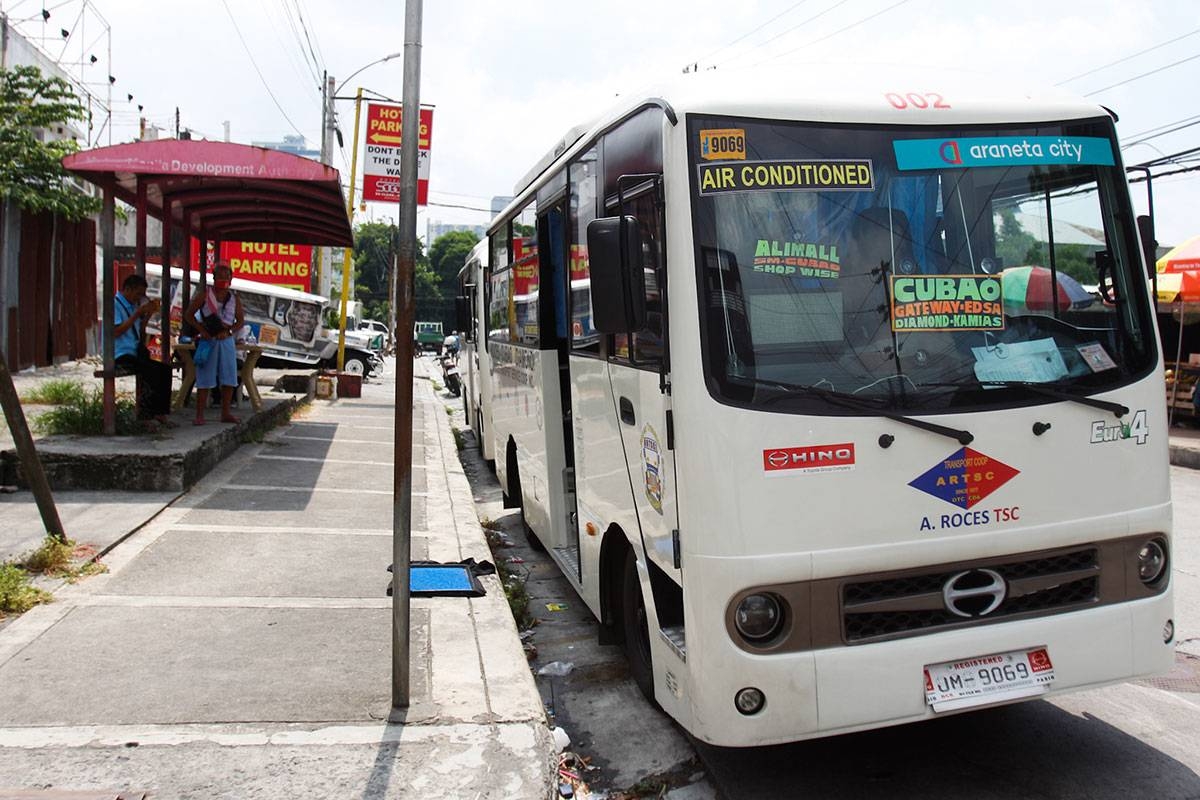The government’s plan to introduce modern jeepneys into the public transportation system has raised concerns about the potential fare hike that may accompany the transition. According to Rep. Bonifacio Bosita of the 1-Rider party-list, the cost of these modern jeepneys, priced at P2.8 million each with a 6-percent interest payable over seven years, could result in a fare increase of P30 to P40.
During a recent inquiry by the House Committee on Transportation on the status of the Public Utility Vehicle Modernization Program, Rep. Bosita highlighted the financial burden that jeepney drivers may face. Based on his evaluation, a driver would need to earn a daily income of P6,000 to P7,000 in order to repay the loan taken to purchase a modern jeepney.
To cover the costs of the vehicle and make a living, Rep. Bosita argued that the fare must be raised to P30 to P40. This would ensure that drivers can repay the loan while still earning a sustainable income. However, Chairman Teofilo Guadiz 3rd of the Land Transportation Franchising and Regulatory Board pointed out that Rep. Bosita’s computation is accurate only if the vehicle is purchased for the full price of P2.8 million.
During the inquiry, it was revealed that cooperatives will have the freedom to choose their supplier of modern jeepneys. This means that the price of the vehicles may vary depending on the vendor selected. It is important to consider this variability when assessing the potential fare hike.
In light of these concerns, House Speaker Ferdinand Martin Romualdez has called for a review of the jeepney modernization program, which was launched in 2017. This appeal to the Department of Transportation reflects the need to carefully evaluate the impact of the program on both drivers and passengers.
The introduction of modern jeepneys in the public transportation system is aimed at improving the overall quality and efficiency of the service. These modern vehicles are designed to be more environmentally friendly and provide a safer and more comfortable experience for passengers. However, it is crucial to strike a balance between these improvements and the financial implications for drivers.
Finding a solution that ensures drivers can afford the modern jeepneys without burdening passengers with excessive fare increases is essential. This may involve exploring alternative financing options or providing subsidies to ease the financial strain on drivers. Additionally, efforts should be made to enhance the income-generating opportunities for drivers, such as exploring partnerships with ride-hailing services or expanding their role in the delivery of goods.
As the government reviews the jeepney modernization program, it is important to consider the perspectives of all stakeholders involved. Engaging in open dialogue with drivers, cooperatives, and transportation experts will help identify the most effective strategies to address the concerns raised while still achieving the goals of the program.
In conclusion, the potential fare hike resulting from the introduction of modern jeepneys is a significant concern. It is essential to carefully evaluate the financial impact on drivers and seek solutions that balance the need for modernization with the affordability of public transportation. By engaging in open dialogue and considering alternative financing options, the government can work towards a sustainable and inclusive modernization program that benefits both drivers and passengers.







